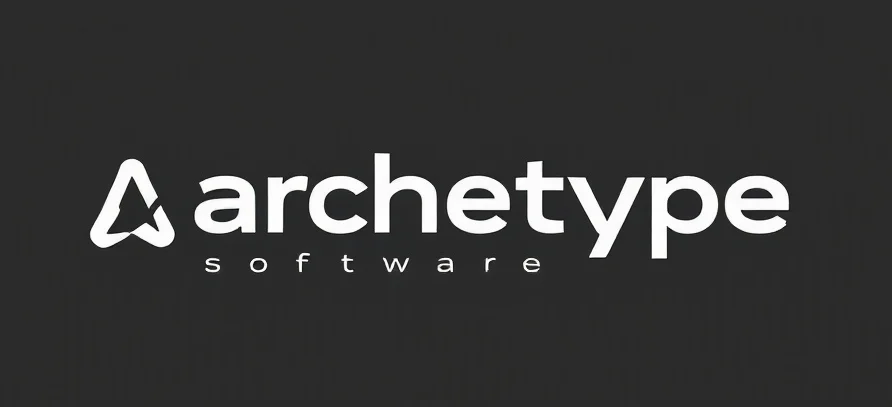Unlocking the Mysteries of Dream Journaling
Imagine waking up each morning with a vivid story still echoing in your mind—strange symbols, fleeting images, and emotions swirling together like a sci-fi landscape you can’t quite decode. That’s the magic of dream journaling. It’s like being a cosmic explorer, charting the mysterious universe within your subconscious, one dream at a time. As a sci-fi geek, I find this practice fascinating—it’s like having your own personal sci-fi saga written nightly, waiting to be unraveled.
The Art of Recording Your Dreams
Dream journaling isn’t just about jotting down what you saw in your sleep; it’s about capturing the fleeting, surreal narratives that unfold in the theater of your mind. Think of your dreams as episodes of a mysterious series—sometimes bizarre, sometimes profound, often full of symbols and archetypes that mirror your waking life. The goal? To become a detective in your own mind, piecing together clues to better understand yourself. For more insights on how to spark your creativity, check out Creative Names for AI: Insights for Archetype Software Fans.
When you first start, it might seem daunting—like trying to decipher an alien language. But over time, your subconscious begins to reveal its secrets. You’ll notice recurring themes, symbols, and characters that act like the cast of a sci-fi saga playing out behind your eyelids. By maintaining a dream journal, you’re essentially creating a map of your inner universe, one that can unveil insights about your fears, desires, and even your hidden talents.
Why Dream Journaling Matters
Enhancing Creativity
Many artists, writers, and innovators have tapped into their dreams for inspiration. Think of how Mary Shelley dreamed of Frankenstein or how Paul McCartney woke up with the melody for “Yesterday.” Your dreams can serve as a fertile ground for creative breakthroughs, offering ideas that are free from the constraints of waking logic.
Self-Discovery & Problem Solving
Dreams often act as your mind’s sandbox—playing out scenarios, testing solutions, and exploring possibilities. When you record these nightly adventures, you can analyze patterns or symbols that reveal solutions to problems or insights into your personal growth. It’s like having a sci-fi AI assistant decoding your mental signals, guiding you through your internal cosmos.
Tech Tips for Effective Dream Journaling
If you’re new to this, here are some tips to make your dream journaling more effective:
- Keep a notebook or digital device nearby: As soon as you wake, jot down every detail you remember—no matter how insignificant it seems.
- Write in the present tense: This helps you immerse in the dream’s narrative and captures the immediacy of the experience.
- Include emotions and sensations: Feelings, smells, textures—these add depth to your entries and can unlock hidden meanings.
- Review regularly: Over time, patterns will emerge, turning your dream journal into a treasure map of your subconscious.
From Dreams to Reality: Practical Benefits
Beyond the personal growth and creative sparks, dream journaling can even influence your waking life—improving problem-solving skills, reducing nightmares, and increasing self-awareness. It’s akin to upgrading your mental software, making you more attuned to the signals your subconscious sends.
Final Thoughts: Embark on Your Dream Adventure
Dream journaling is more than a habit; it’s an invitation to explore the uncharted territories of your mind. Whether you’re a sci-fi enthusiast eager to decode your subconscious signals or simply someone curious about what your dreams reveal, this practice offers a fascinating journey into your inner universe. So, grab your journal, set your intention before sleep, and prepare to become the hero of your own nightly saga. Who knows? The next great idea or breakthrough might just come from your dreams.
Remember, every great explorer started with a single step—so start today, and let your dreams be your guide.
Checkout ProductScope AI’s Studio (and get 200 free studio credits)
